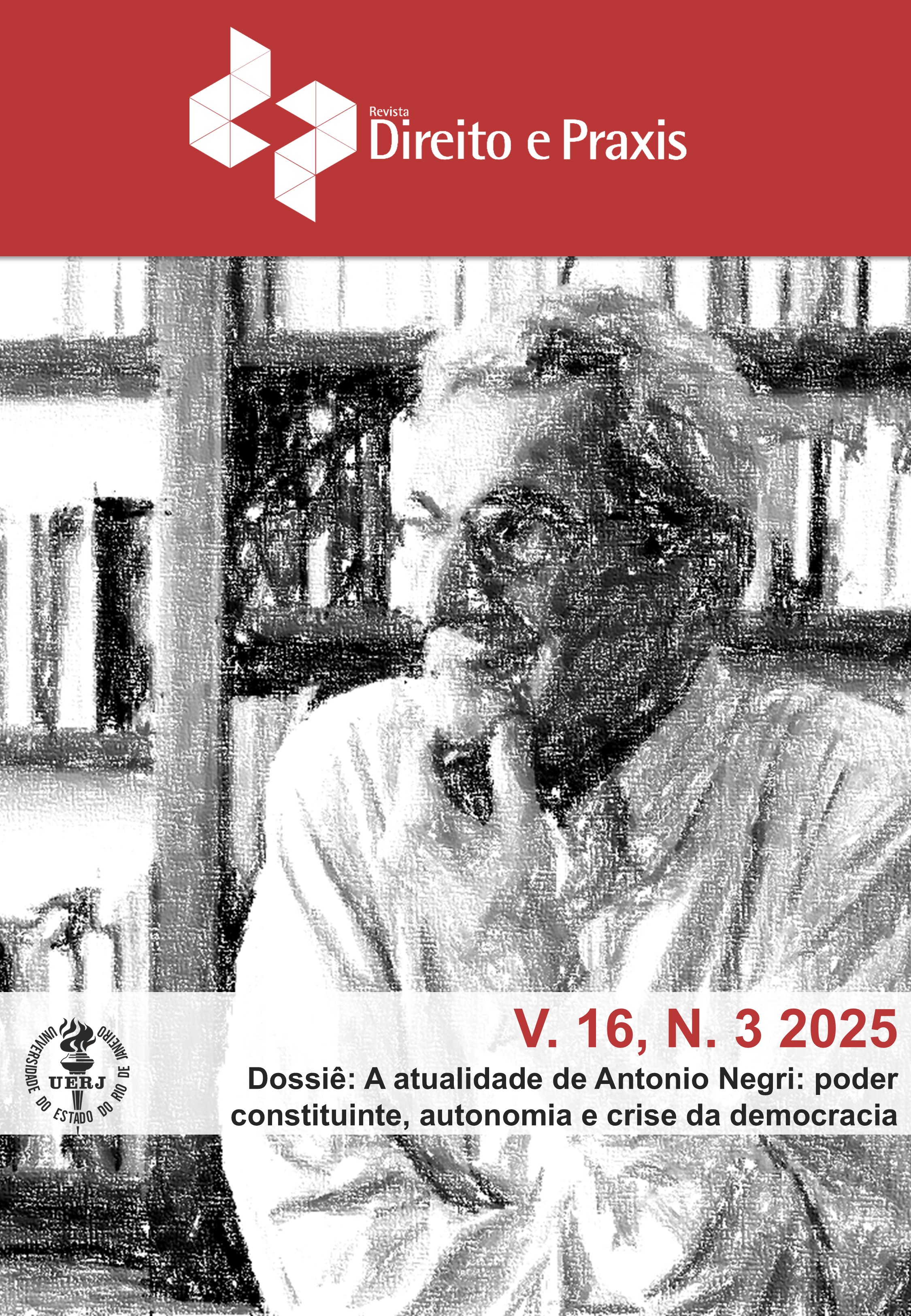“O rio Doce é praticamente a mãe de Tumiritinga”
os sentidos em jogo no vale do rio Doce e os limites do tratamento institucional do “Caso Samarco”
Palabras clave:
Samarco Disaster, Conflict Management, Mid Doce RiverResumen
https://doi.org/10.1590/2179-8966/2025/86363
Após três anos de discussões, a repactuação dos acordos firmados no “Caso Samarco” para a reparação da bacia do rio Doce foi assinada em outubro de 2024. Mas pouco se sabe sobre o que pensam as coletividades atingidas pelo rompimento da barragem de Fundão, como vivem, em cada região afetada, o que elaboram das suas perdas locais e o que demandam em termos de reparação. O objetivo deste artigo é investigar os significados locais das perdas e das demandas por reparação na porção média do rio Doce. Para tanto, a pesquisa tem cunho qualitativo, valeu-se de entrevistas semiestruturadas e da observação participante em Tumiritinga e em Galileia, duas cidades ribeirinhas da região. A escuta atenta dos relatos e a experiência de acompanhar o quotidiano às margens do rio Doce permitiu entrever sentidos outros para o rio, para as perdas e para a reparação, muito distantes daqueles considerados institucionalmente. Algo que revela o conflito cosmológico em curso na bacia do rio Doce e acirra as dificuldades de tratamento do desastre-crime, mesmo após a repactuação, que desconsiderou os sentidos locais expressos pelos/as ribeirinhos/as.
Descargas
Descargas
Publicado
Cómo citar
Número
Sección
Licencia
Derechos de autor 2025 Luciana Tasse Ferreira (Autor/a)

Esta obra está bajo una licencia internacional Creative Commons Atribución 4.0.
Los textos son de exclusiva responsabilidad de sus autores.
Se permite la reproducción total o parcial de los artículos de la Revista Derecho y Práxis, siempre que citada la fuente.
Este trabajo está licenciado bajo una Licencia Creative Commons 4.0, Asignación-Sin Derivaciones.
Esta licencia permite copiar y redistribuir el material en cualquier soporte o formato para cualquier fin, aunque sea comercial, desde que citada la autoría original.
This work is licensed under a Creative Commons Attribution 4.0 International License.



